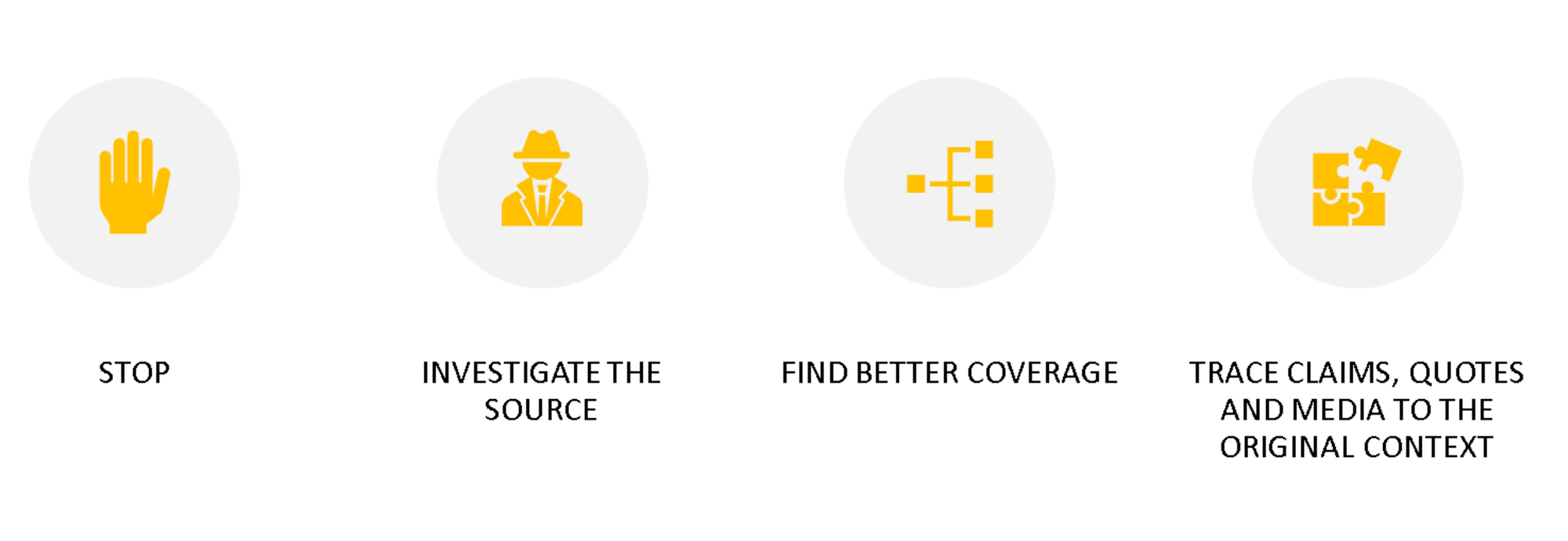One of the most important components of the research process is evaluating the information you have found. Is it reliable and authoritative? Is it relevant to your research question? Is it a scholarly source?

https://library.nwacc.edu/choosingthebestwebsource/lateralreading
WHAT IS LATERAL READING?
Lateral reading is basically searching for information about a source while you are reading it; you are checking for currency, relevancy, authority, accuracy, and purpose (CRAAP method) by reading what other sites say about your source. This is different from vertical reading where you apply the CRAAP method using only the information the site itself provides you.
The concept of lateral reading originated out of research from the Stanford History Education Group (SHEG) under Sam Wineburg, the founder and executive director and is used by professional fact checkers!
So, to read laterally:
SIFT is a method of evaluating online information developed by Mike Caulfield of Washington State University Vancouver. This infographic shows the steps of SIFT: Stop, investigate the source, find trusted coverage, trace claims, quotes and media to the original context.

Learn more about SIFT: